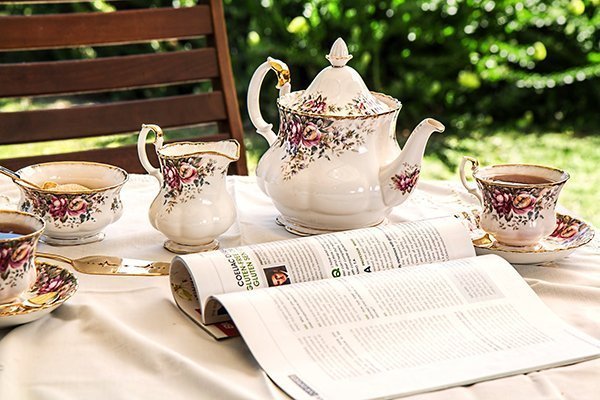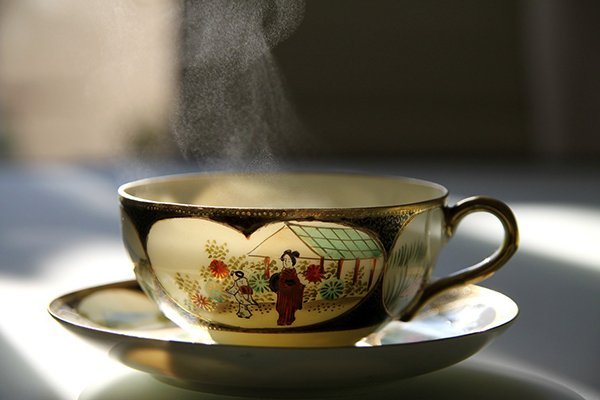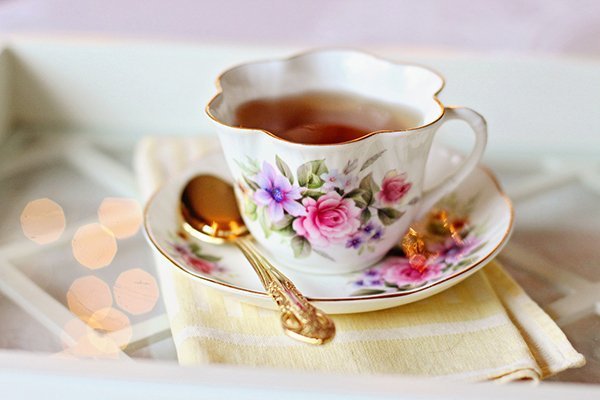Last Updated on 05/21/2020 by Desmond

Black tea is popular in the western world, especially in Europe. Like other regions, Europeans have tea with delicate black tea teawares.
Black tea is origins in China a long time ago. But there is no doubt that the black tea culture evolved and reached the top significantly after entering Europe.
The drinking way, ceremonials, brewing ways, and tea sets all have a giant difference from when black tea first came into Europe, and all of these are primarily optimized by the British lead. With western culture and modernization development, black tea culture owns its unique style in the western.
CONTENT
History of Oriental Teawares Entered Into Europe
According to various records, the earliest introduction of porcelain entered Europe can be traced back to Marco Polo’s travel to China in the 13th century. He came back to Italy with a gray-green porcelain pot, which surprised and attracted the European Royalty.
However, porcelain became a daily ware from pure artwork was at the 16th and 17th centuries after tea-drinking became a trend and popularized in Europe.
Especially in the 17th century, with the flourishing of the Dutch, British, and Portuguese trading fleets, vast Chinese porcelain teawares were introduced and popularized. During that time, The Ming Dynasty perished, and China’s export business was broken for a period. The European merchants took the Japanese teawares instead, which made them take a place in the beginning in the field of European porcelain.
Therefore, during the tea trend, which started in the early 17th century, most Europeans used teapots and teacups imported from China and Japan.

Of course, at that time, except for the spot teawares from China and Japan, European traders started to ask for customize style teawares to satisfy the local demand. According to the related history records, those custom teapots have similar shapes to the Chinese ones. But they added a large and deep saucer for the teacup.
It is generally believed that this design was based on the “tea saucer” commonly used in China and Japan. But the European tea saucer is bigger and deeper, and the capacity is even the same as a teacup. Actually, at that time, most Europeans couldn’t bear the heat from the hot tea due to the Chinese teacup had no handle. So they pour the infusion into the saucer for cooling down and then drinking. It may sound crass and not elegant, but it indeed was once a popular way of drinking tea. You can learn more about this in my other article: Why Do Chinese Teacups Have No Handle?
The Birth of European Local Black Tea Teaware
Also from that time, Europeans realized they relied on importing teawares from Asia deeply, and this was not good. So they started to develop high-quality porcelain teawares with a vast fund. But just as the history as they tried grown black tea in Europe, they often failed in the porcelain study. Chinese porcelain processing seems like a magic secret.
Until 1709, the mathematician Ehrenfried Walther von Tschirnhaus and the alchemist Johann Friedrich Bottger finally successfully developed the first European white hard porcelain. It happened in the alchemy laboratory built by king Auguste ii of Poland.
In 1710, the Meissen porcelain kiln was founded and is still running today. After that, other countries in Europe also took part in the study and manufacturing. By the middle of the 18th century, most countries in Europe were able to manufacture porcelains themselves, and this made the teawares develop more and satisfy the European lifestyle further.

Handle finally appear on the teacup. Actually, a cup always has a handle in Europe, but it’s not made from porcelain and is not for tea-drinking. From this time, European doesn’t fear hot tea anymore, and the saucer is back to flat like normal.
More and more matched local style teawares came simultaneously and gradually combined a complete Europe black tea set. Such as tea saucers, teapots, kettles, tea-measuring spoons, infuser spoons, trays, pastry plates, and even sand clocks and ring rattles, forms a complete and exquisite teaware and culture system.
Due to the different tea-drinking customs in every Europe country, some have their own styles of teawares, such as Russian “samovar” and Turkish “çaydanlık.”
The patterns on the tea sets are also gradually getting rid of the Chinese and Japanese styles. They began to use the natural flowers and animal patterns favored by Europeans and the pictures and texts of Greek and Roman architectures. The “Renaissance” time of the teaware started.
Interesting article.
Would you have any idea or timeline about the move of the teapot from porcelain to silver services that seem to be used (and prized, I know my Mother had one) to this day?